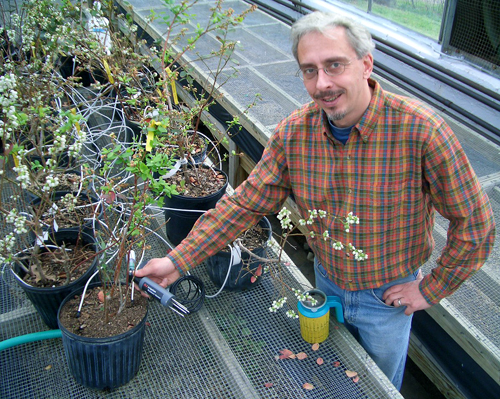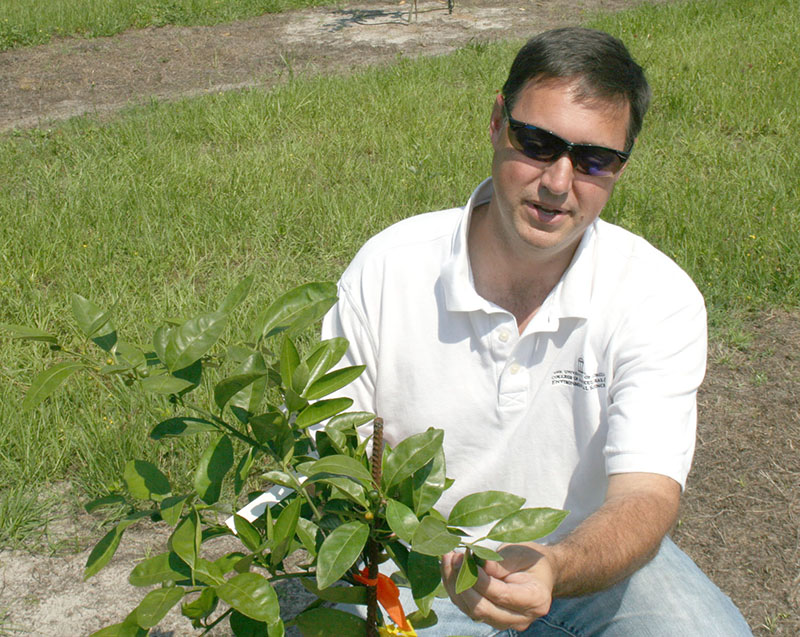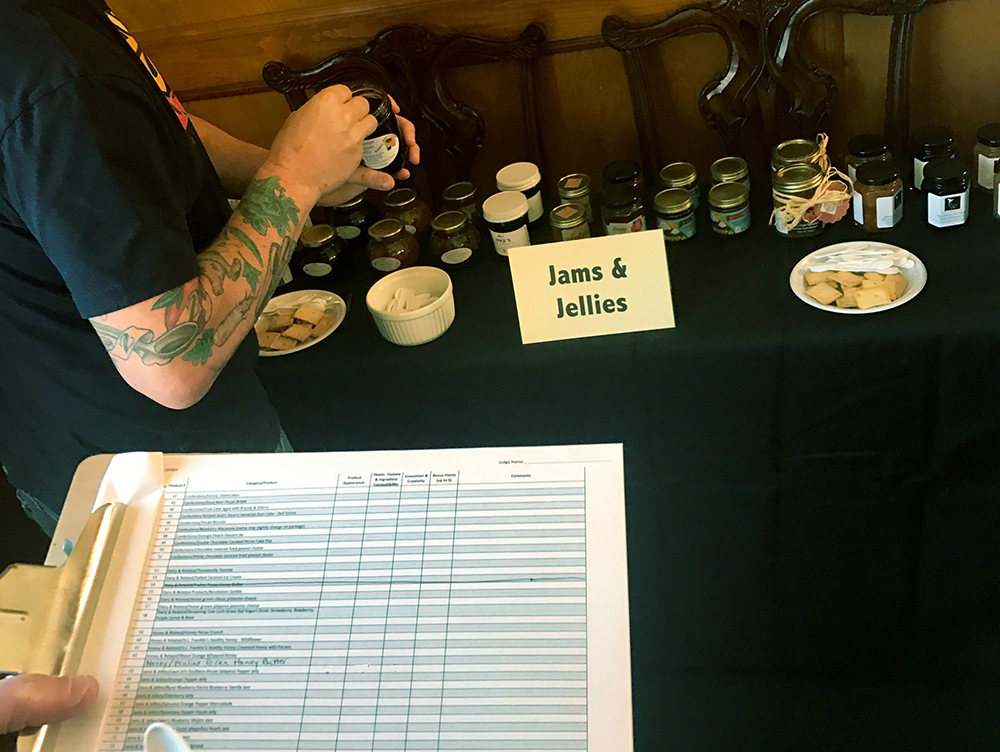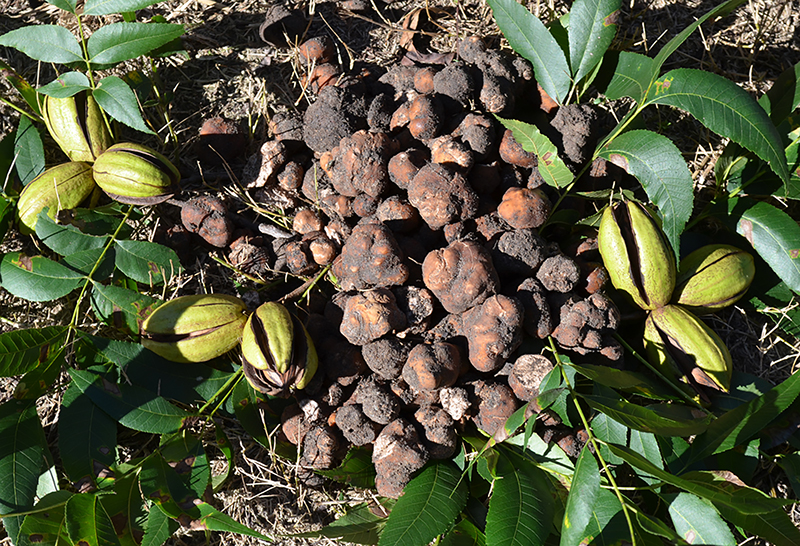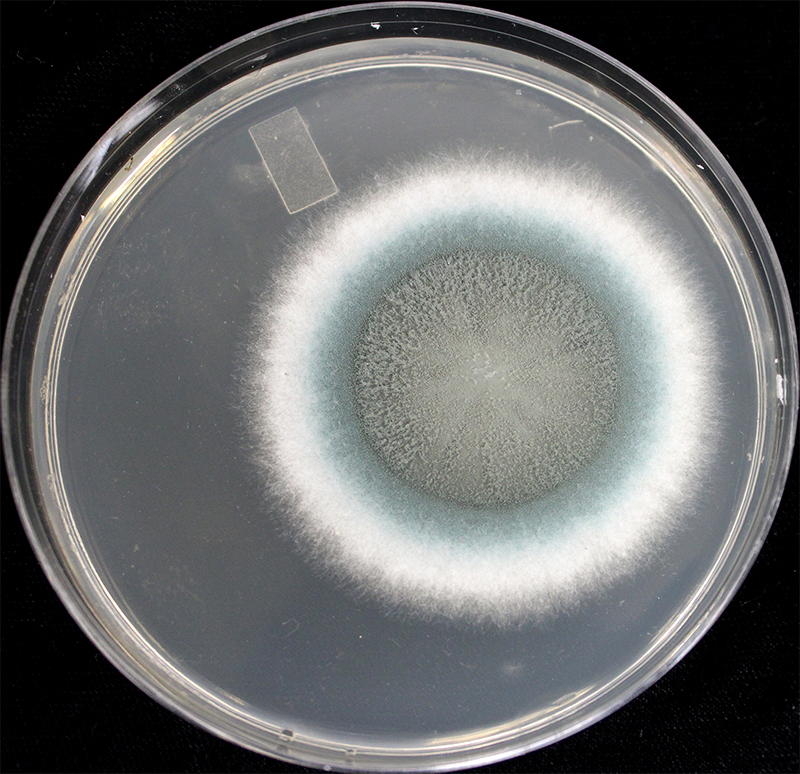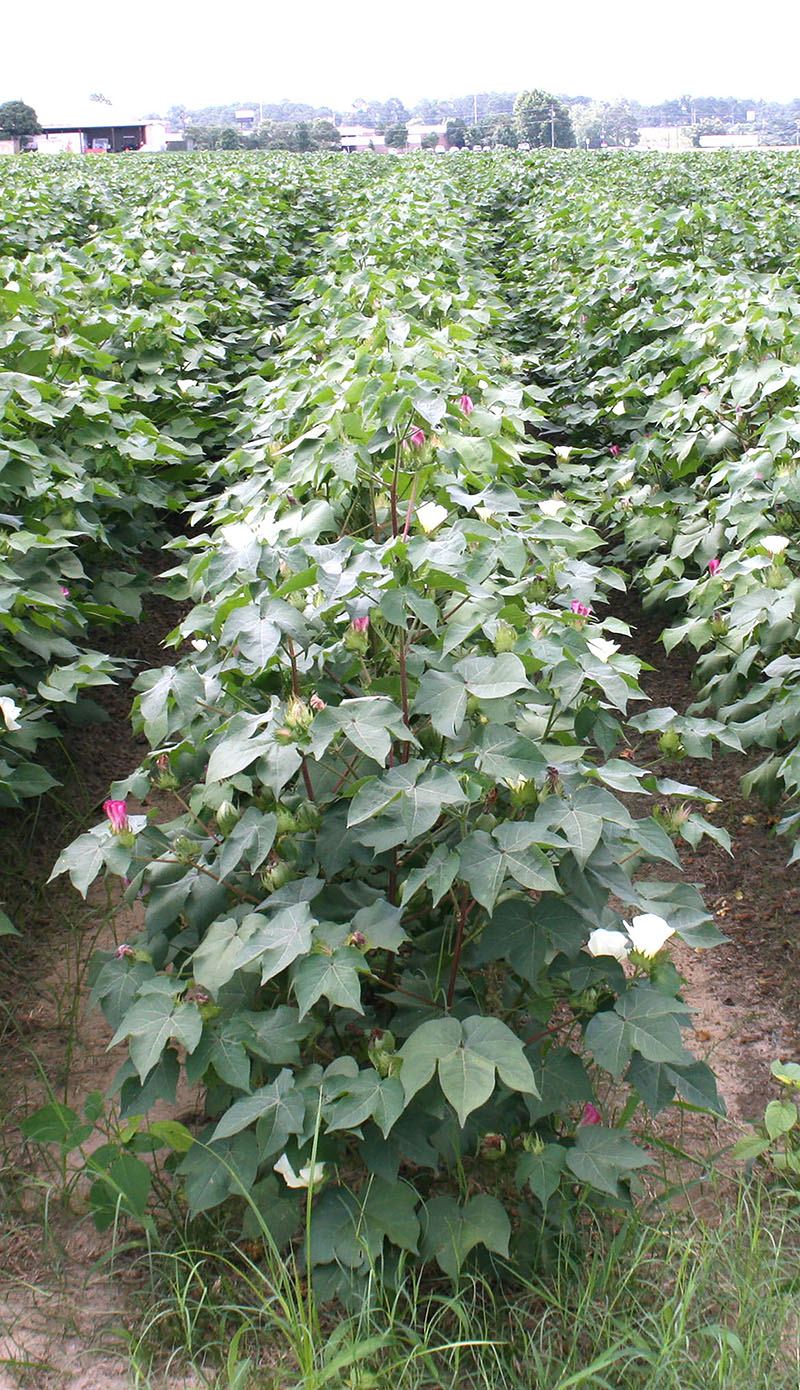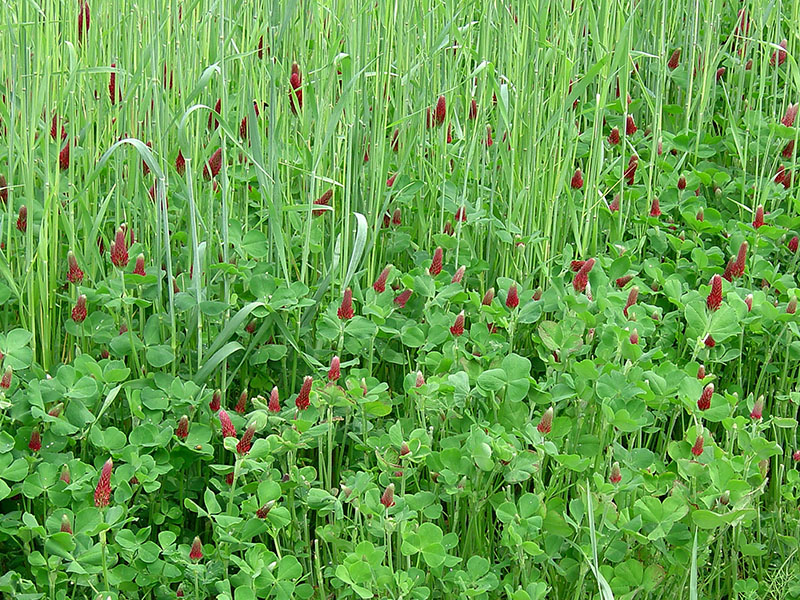 CAES News
CAES News
UGA Extension pecan specialist believes cover crops are valuable additions to pecan orchards
University of Georgia Cooperative Extension pecan specialist Lenny Wells recommends planting crimson clover, or a similar cover crop, in pecan orchards to supply much-needed nitrogen and build up organic matter in the soil.


